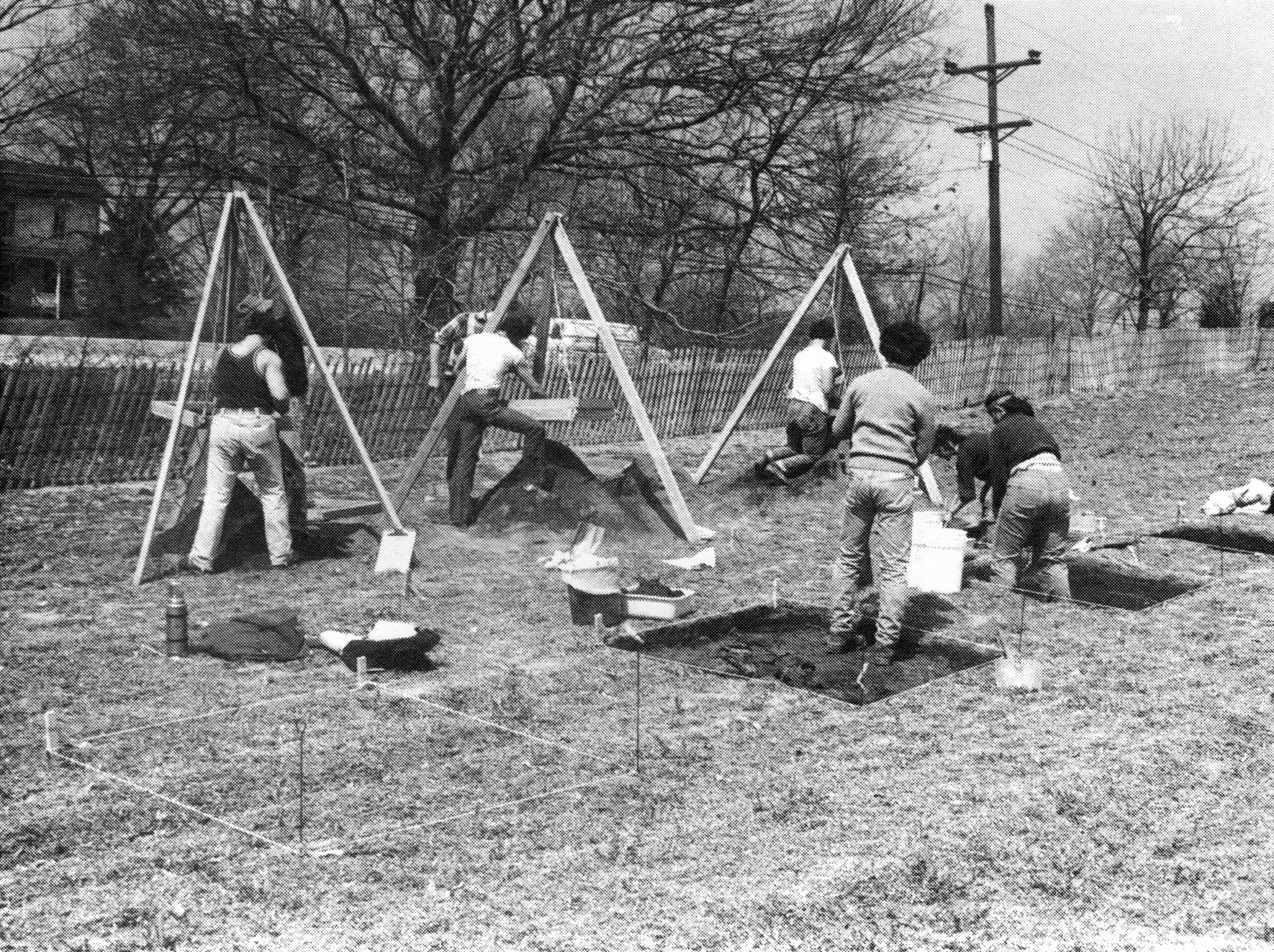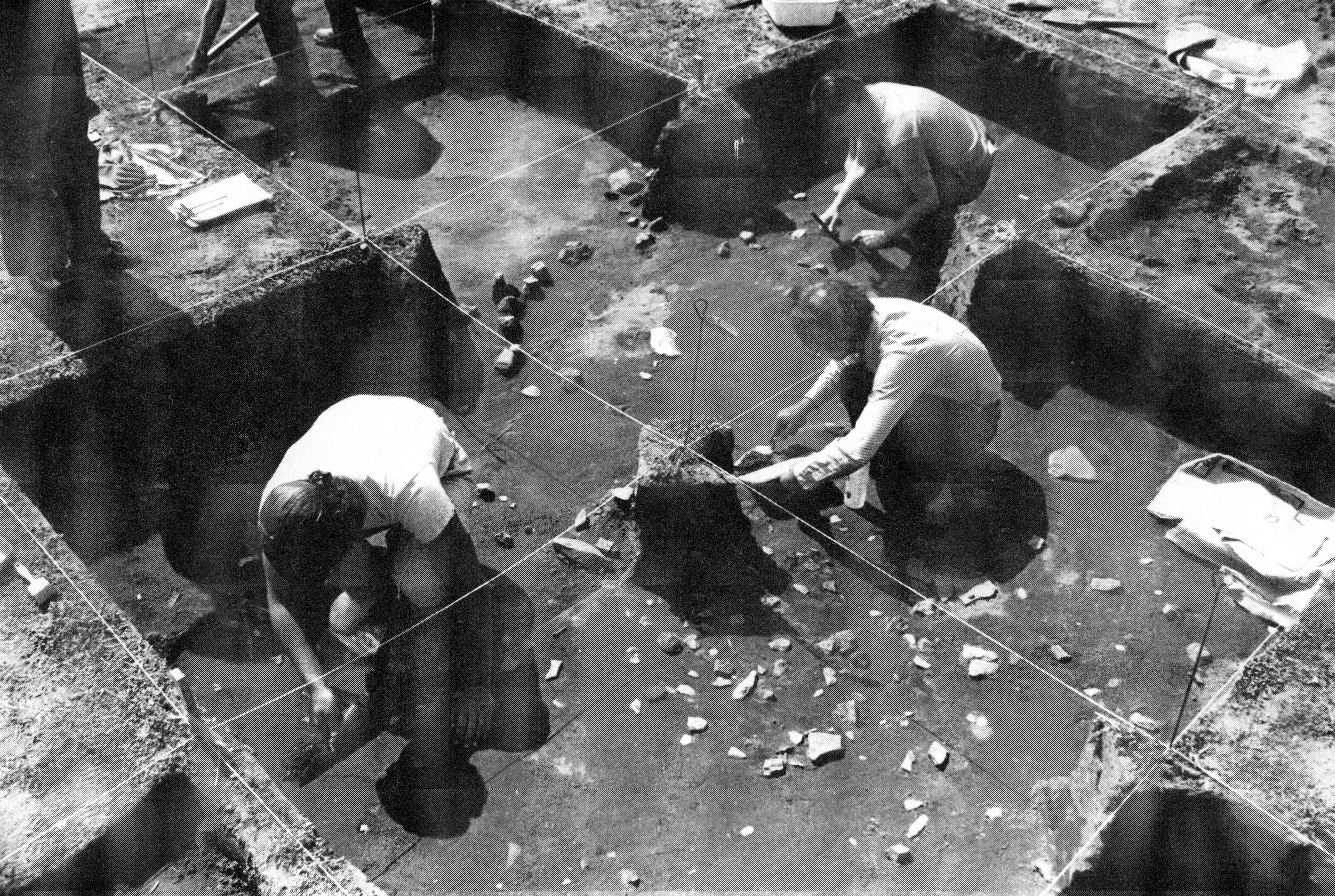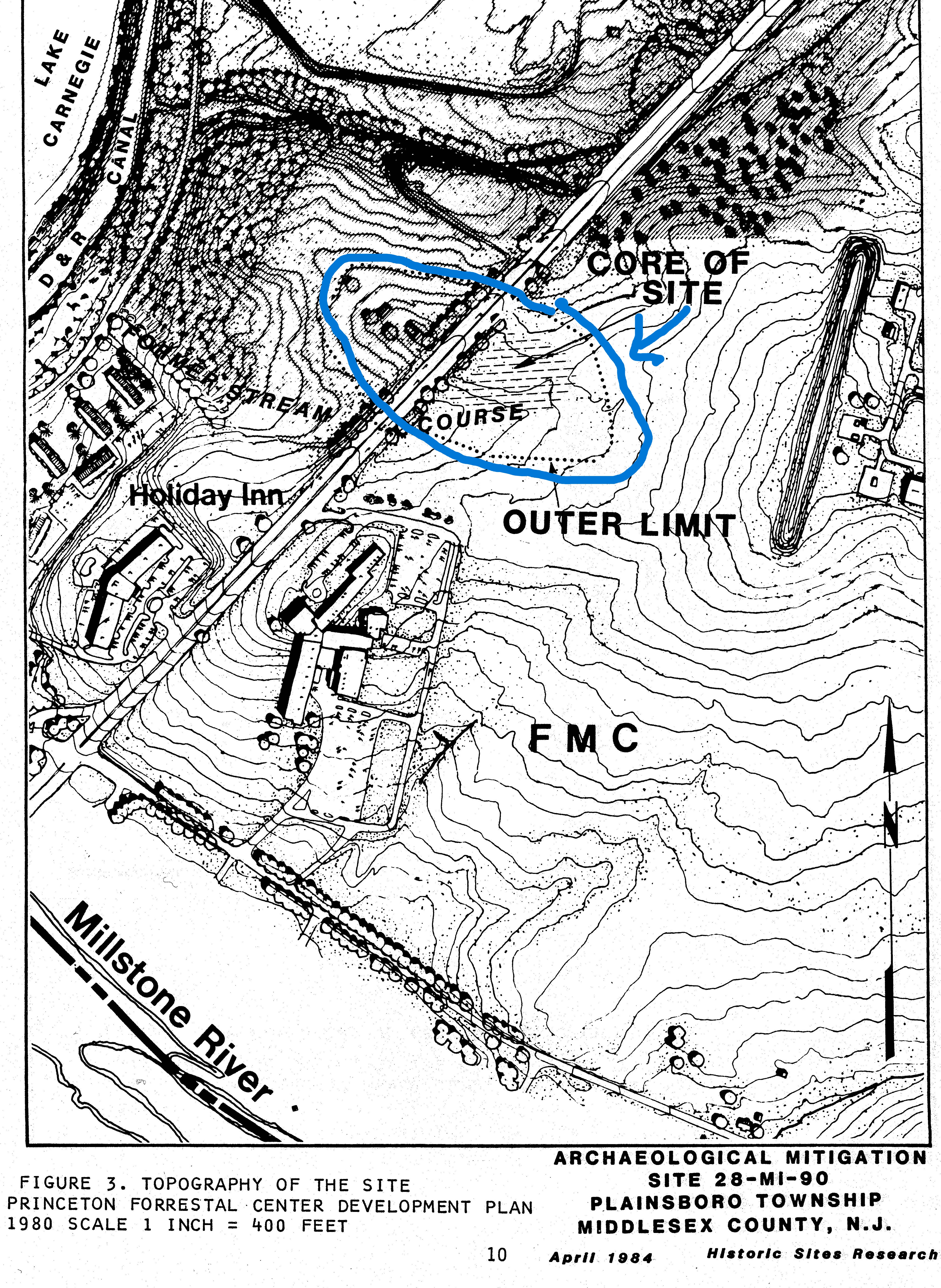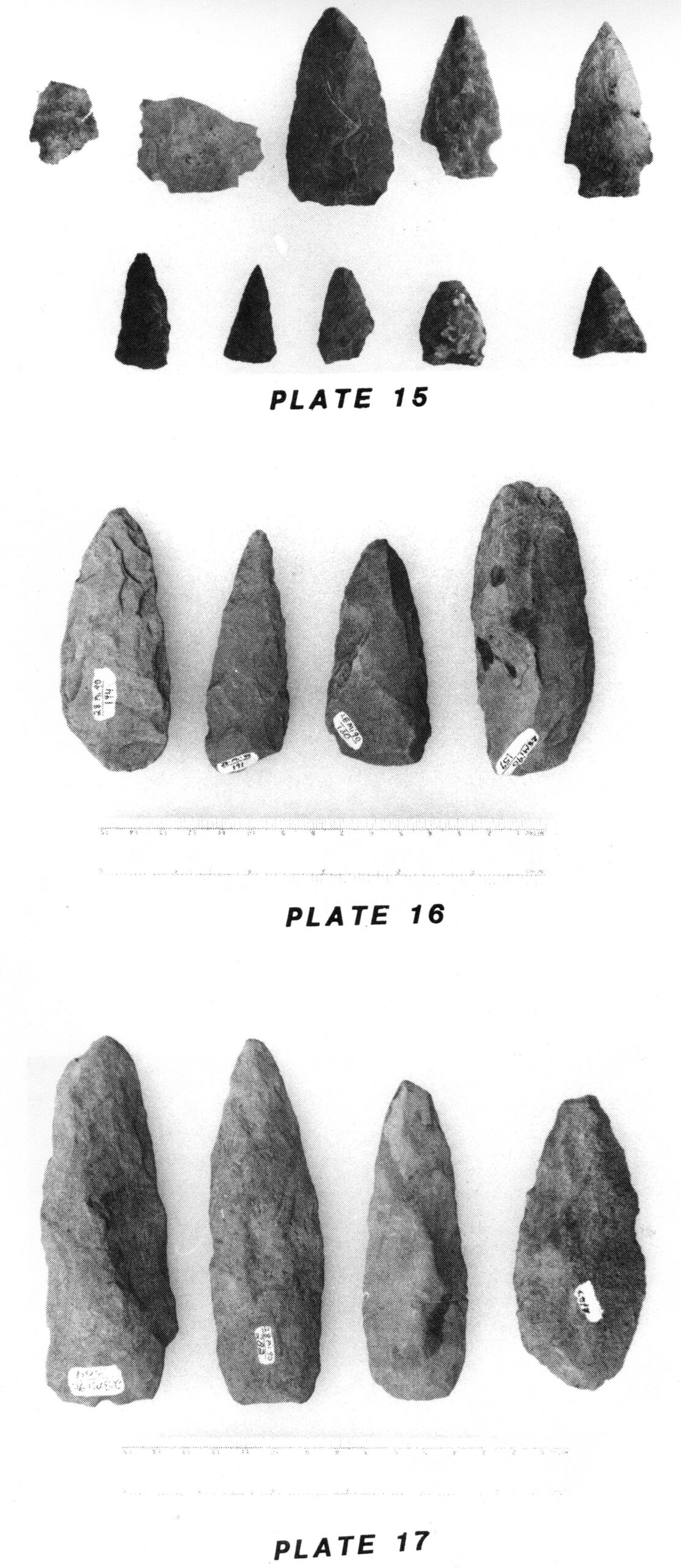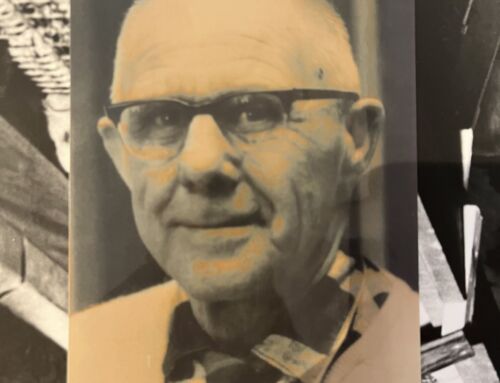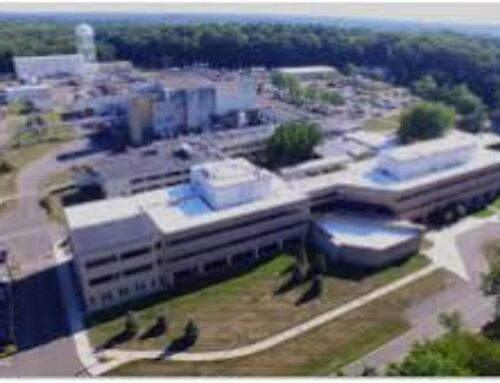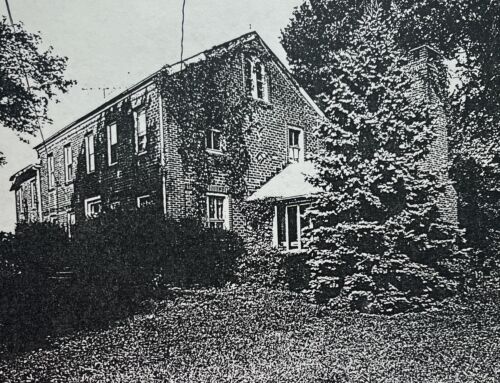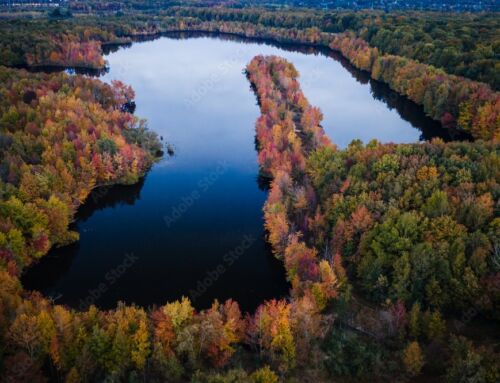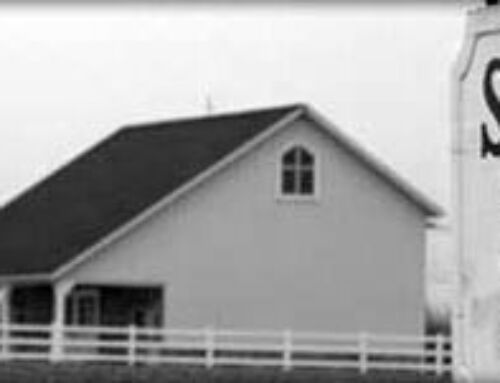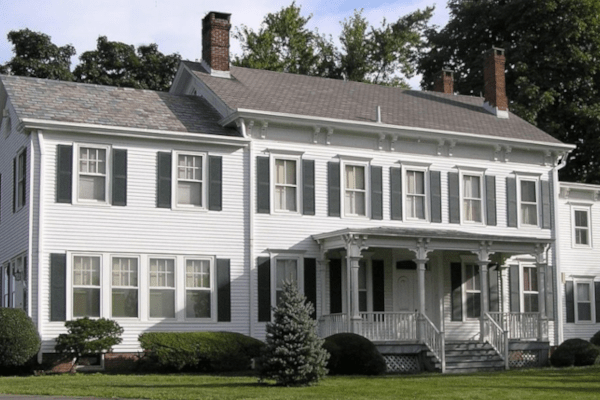We don’t necessarily think about what we don’t see. In our busy lives, we travel over the same roads to work, home or school without really thinking about what the landscape looked like long before our homes were built. If you live in Plainsboro, beneath your feet lies evidence of thousands of years of human history.
Photos from the 1981 Scudders Mill Road Bypass archaeological project demonstrate just how much still may lie beneath Plainsboro’s remaining farm fields. The document “Archaeological Mitigation Site 28-MI-90” provides interesting photos of the dig in progress. In one photo, a group of archaeologists are seen opening up multiple test pits. A snow fence separates the work site from the northbound lane of Route 1. In the far left background of the photo is the Blackwell House, which has since been demolished. Another photo shows archaeologists troweling the living floor surface of what was once a Lenni-Lenape family’s house. Multiple tools and artifacts are visible strewn across the pit. Over 2000 artifacts were found just in this pit alone. Some of the artifacts discovered include projectile points, flint knives and various size bifaces (stone tools worked on both sides.)
A topographical plan of the archaeological site was made as part of the 1980 Princeton Forrestal Center Development Plan. Some landmarks are still visible today, including Lake Carnegie, the D & R Canal and the Millstone River. Comparing this map to a current satellite map shows how much has changed in the intervening 42 years. I’ve circled in the core of the archaeological site in blue. You’ll notice it extends on both sides of Route 1. While much of the site has been lost due to construction, some areas remain for future researchers to study.
Things to think about: Throughout time and in every culture, people have always had the same basic needs for food, water, clothing and shelter. The next time you are on Scudders Mills Road near Route 1, think about the indigenous community living here 2000 years ago. How did their community meet residents’ basic needs? What things does our community have in place to help meet peoples’ needs and wants?
